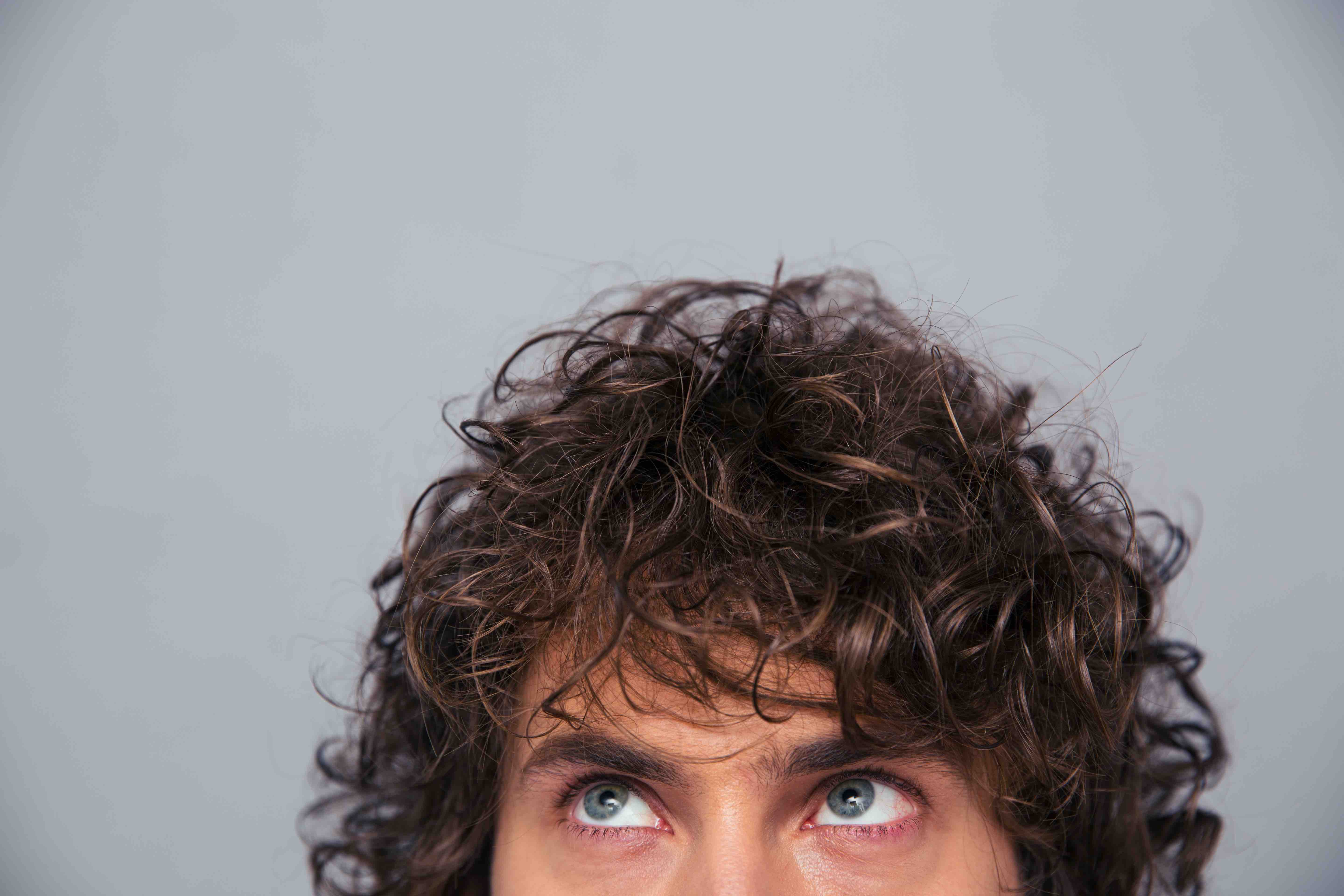
Curly hair is a beautiful and unique hair type that comes in various textures and patterns. Whether you have loose waves or tight coils, embracing and caring for your curls requires understanding their unique characteristics. In this article, we’ll explore 11 fascinating curly hair facts that will provide insights into the science and care of curly hair. From understanding curl patterns to styling tips, we’ll help you unlock the secrets to gorgeous, healthy curls.
Curl Patterns
Curly hair comes in different patterns, classified from wavy (2A-2C) to curly (3A-3C) to coily (4A-4C). The pattern is determined by the shape of the hair follicle and the angle at which the hair grows from the scalp. Each curl pattern requires specific care and styling techniques to enhance its natural beauty.
Porosity Levels
Curly hair is known for its varying porosity levels. Porosity refers to the hair’s ability to absorb and retain moisture. Low-porosity hair tends to have a tightly closed cuticle layer, making it more resistant to moisture. High porosity hair has a more open cuticle layer, allowing for easier moisture absorption but also leading to faster moisture loss. Understanding your hair’s porosity level helps determine the best products and techniques for maintaining proper hydration.
Moisture is Key
Curly hair craves moisture. Due to its structure, curly hair is more prone to dryness and frizz. Regularly moisturizing your curls with hydrating shampoos, conditioners, and leave-in treatments can help maintain their health and minimize frizz. Incorporate deep conditioning treatments into your hair care routine to provide intense hydration and nourishment.
No More Brushing
Unlike straight hair, curly hair is best managed without frequent brushing. Brushing can disrupt curl patterns and cause frizz. Instead, opt for detangling with a wide-toothed comb or your fingers when your hair is wet and coated with conditioner. This gentle approach helps preserve your curls’ shape and reduces breakage.
Say Yes to Diffusers

Using a diffuser attachment on your hairdryer can be a game-changer for curly hair. Diffusers help distribute the airflow evenly and reduce heat damage, allowing your curls to dry more gently and maintain their shape. Flip your hair upside down and diffuse from the roots to enhance volume and bounce.
Embrace the Curly Girl Method
The Curly Girl Method is a popular hair care routine designed specifically for curly hair. It focuses on avoiding harsh ingredients like sulfates and silicones, embracing natural styling techniques, and maximizing moisture. Following the Curly Girl Method can help restore the health of your curls and enhance their natural beauty.
Pineapple Trick for Bedtime
To preserve your curls overnight, try the pineapple trick. Gather your hair into a loose high ponytail on top of your head before bed. This technique helps prevent flattening and frizz, maintaining your curls’ shape and volume while you sleep. In the morning, gently release the pineapple and refresh your curls with a spritz of water or a curl refresher spray.
Satin or Silk Pillowcases
Cotton pillowcases can cause friction and lead to frizz and tangles. Switching to satin or silk pillowcases reduces friction, allowing your curls to glide smoothly, preventing breakage, and preserving your curl pattern. Alternatively, you can use a satin or silk scarf to wrap your hair before bed for added protection.
Regular Trims for Healthy Ends
Split ends can be a common issue for curly hair due to its naturally drier nature. Regular trims every 8-12 weeks help prevent split ends from traveling up the hair shaft and maintain the overall health of your hair. Trim off any damaged or split ends to keep your curls looking fresh and vibrant.
Experiment with Styling Techniques
Curly hair offers endless styling possibilities. From defined curls to voluminous updos, don’t be afraid to experiment with different techniques like twist-outs, braid-outs, or finger coiling to create diverse looks that showcase the beauty of your curls. Explore tutorials and seek inspiration from curly hair influencers to discover new styling ideas.
Confidence is Key
Embrace your curls with confidence! Your curly hair is unique and beautiful, so don’t compare it to others’ straight or wavy hair. Embracing your natural texture and finding joy in your curls will radiate confidence and inspire others to do the same.
Final Word
With these 11 curly hair facts, you’re equipped with valuable insights to care for and style your gorgeous curls. Embrace the uniqueness of your hair and enjoy the versatility and beauty that curly hair offers. Remember, your curls are a reflection of your individuality, so let them shine!
Frequently Asked Questions (FAQs)
How often should I wash my curly hair?
The frequency of washing curly hair varies depending on your hair’s needs and porosity. In general, it’s recommended to wash curly hair 1-3 times a week. However, you can adjust the frequency based on how your hair feels and responds to washing. Be mindful not to overwash, as it can strip the hair of natural oils.
Can I straighten my curly hair?
Yes, you can straighten your curly hair using heat-styling tools like flat irons. However, it’s important to use heat-protectant products and avoid excessive heat exposure to minimize damage. Embrace your curls’ natural beauty, but feel free to switch up your style occasionally if desired.
How can I control frizz in my curly hair?
To control frizz, focus on moisture and sealing techniques. Use products specifically formulated for curly hair, such as leave-in conditioners and anti-frizz serums. Applying a small amount of lightweight oil or a curl-defining cream can also help tame frizz and enhance your curls’ definition.
Should I comb my curly hair when it’s dry?
It’s generally best to avoid combing or brushing dry curly hair, as it can disrupt the curl pattern and cause frizz. If you need to detangle your hair when it’s dry, use your fingers or a wide-toothed comb and be gentle to prevent unnecessary breakage.
Can I color or highlight my curly hair?
Yes, you can color or highlight your curly hair. However, it’s crucial to choose a professional stylist experienced in working with curly hair to ensure the best results. Curly hair may require additional care and moisture after coloring to maintain its health and prevent excessive dryness.
Was this page helpful?
Our commitment to delivering trustworthy and engaging content is at the heart of what we do. Each fact on our site is contributed by real users like you, bringing a wealth of diverse insights and information. To ensure the highest standards of accuracy and reliability, our dedicated editors meticulously review each submission. This process guarantees that the facts we share are not only fascinating but also credible. Trust in our commitment to quality and authenticity as you explore and learn with us.
